10. Pee Wee’s Big Adventure – Danny Elfman
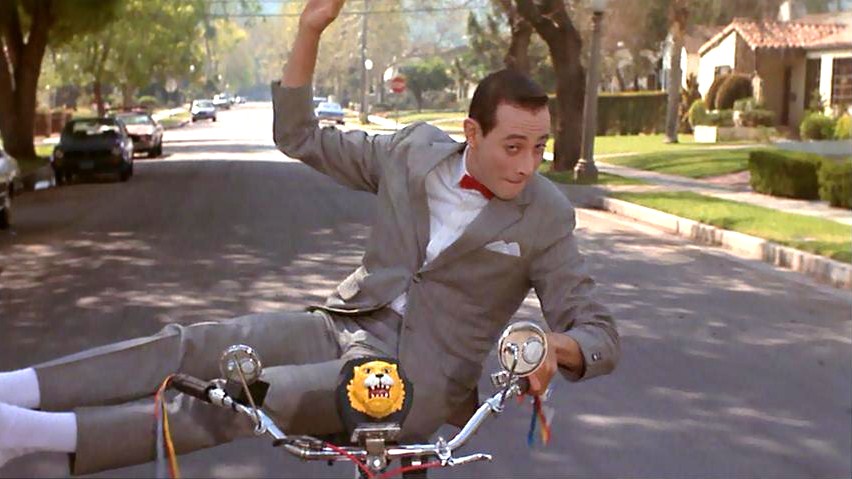
Tim Burton’s debut as a director was also Danny Elfman’s debut as a movie composer. To score this comedy about the famous goofball character, Elfman resorted to Nino Rota and his scores for Fellini’s movies.
The movie per se is almost a remake of Ladri di Biciclette, the neorealist classic by Vittorio De Sica. When Elfman saw Tim Burton’s film he thought the movie was like an European comedy, not an American one, and then he wrote a score based on Nino Rota’s arrangements and tones for Fellini’s movies. It is interesting to notice that another peculiar comedy, Curb Your Enthusiasm, by the misanthropic comedian Larry David, uses many cues of Nino Rota’s music such as I Clowns and Amarcord in many scenes, as if the audience were about to witness something goofy and pathetic when this kind of music plays.
Elfman wasn’t able to write the whole score for the orchestra so his bandmate Steve Bartek helped him to put his ideas into paper and movie composer Lenny Niehaus conduct the orchestra. It’s a fantastic achievement for a rookie film composer. Nino Rota’s influence is everywhere but is also possible to listen to other heroes of Elfman – Bernard Herrmann and Carl Stalling – on some slashing strings parts and in the cartoon feeling of some tracks. Later Elfman became much more famous for his Batman score or for his iconic Simpson’s theme, but Pee Wee’s Big Adventure remains as one of his most peculiar and best works ever.
9. Pranks – Christopher Young
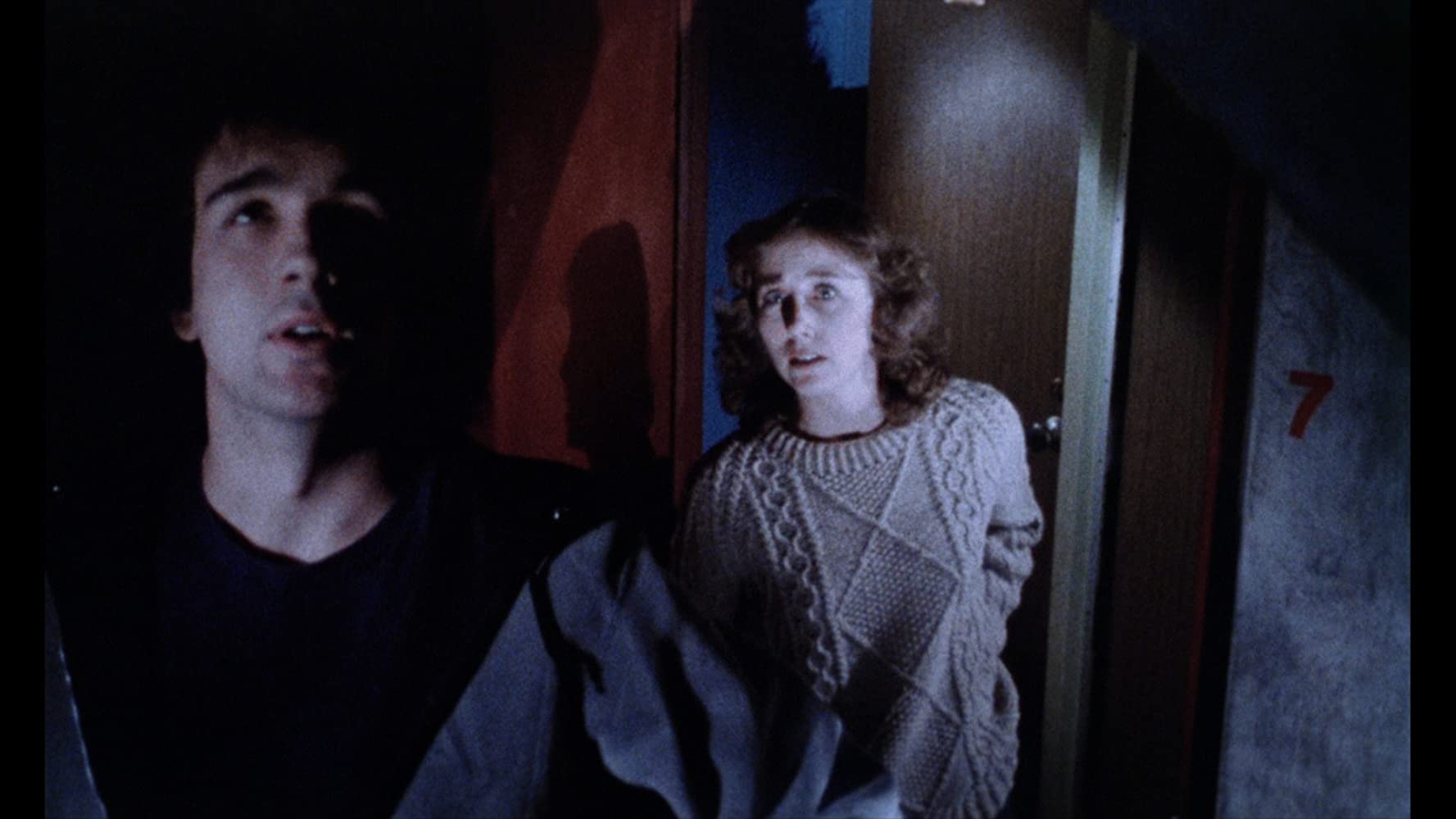
There should be a picture of movie composer Christopher Young next to the definition of “underrated” in a dictionary. He has done fabulous works for mediocre movies at their best. It’s the typical case of soundtracks, better than movies. Among dozens of underrated works – including The Core, Murder In the First, and Bless the Child- Young has started on the soundtrack business with this brilliant Bernard Herrmann influenced score, which is not surprising since when he discovered Bernard Herrmann’s music he gave up his career as a jazz drummer to become a film composer.
Pranks is a second-rate B-Movie, but the soundtrack is a tour de force of composing a thriller score. Horror movies in the beginning of the 80s usually had soundtracks permeated by synthesizers, following the steps of John Carpenter, Giorgio Moroder and Fabio Frizzi. Young took it back to strings, percussion, piano and added chimes and bass harmonica to the mix. The result is a stroke of genius, somebody who memorized every single note of Bernard Herrmann and is also trying to put his own touch on music.
8. Sideways – Rolfe Kent

Alexander Payne’s Sideways is the American version of the Italian road movie classic, Il Sorpasso, transporting the action from Italy in the 60s to California vineyards in the early 2000s. As in Il Sorpasso, what carries the action is the tension between the two characters, one introverted and other extroverted, and how they face people and situations on their trip together.
Whereas Dino Risi chose an almost entire soundtrack made of Italian pop hits from the 60s, since that encompassed perfectly the zeitgeist of 1962, Alexander Payne took as reference another Italian soundtrack approach, the one represented by the likes of Piero Umiliani, Piero Piccioni and Armando Trovajoli: easy listening jazz. Payne told the Scottish composer Rolfe Kent that he wanted music to sound jazzy like Piero Umiliani scores, or in his own words he wanted: “unusual arrangements, the constant presence of melody, the expression of emotion without sentimentality, and a great deal of wit”.
The result is a brilliant soundtrack that sounds more like source music than traditional film music. Kent is one an acclaimed composer like many on this list and that is the reason he is here. Sideways’ soundtrack is underrated in its coadjuvant brilliance. Despite being always in the background, tracks like Mile’s Theme, Abandoning the Wedding, and Miles and Maya, capture perfectly the cynicism, bitterness, joy, sadness, tenderness and awkwardness of the characters, not being just source music – elevator music, in derogatory terms – but really in symbiosis with what is happening on screen.
7. The Thing – Ennio Morricone
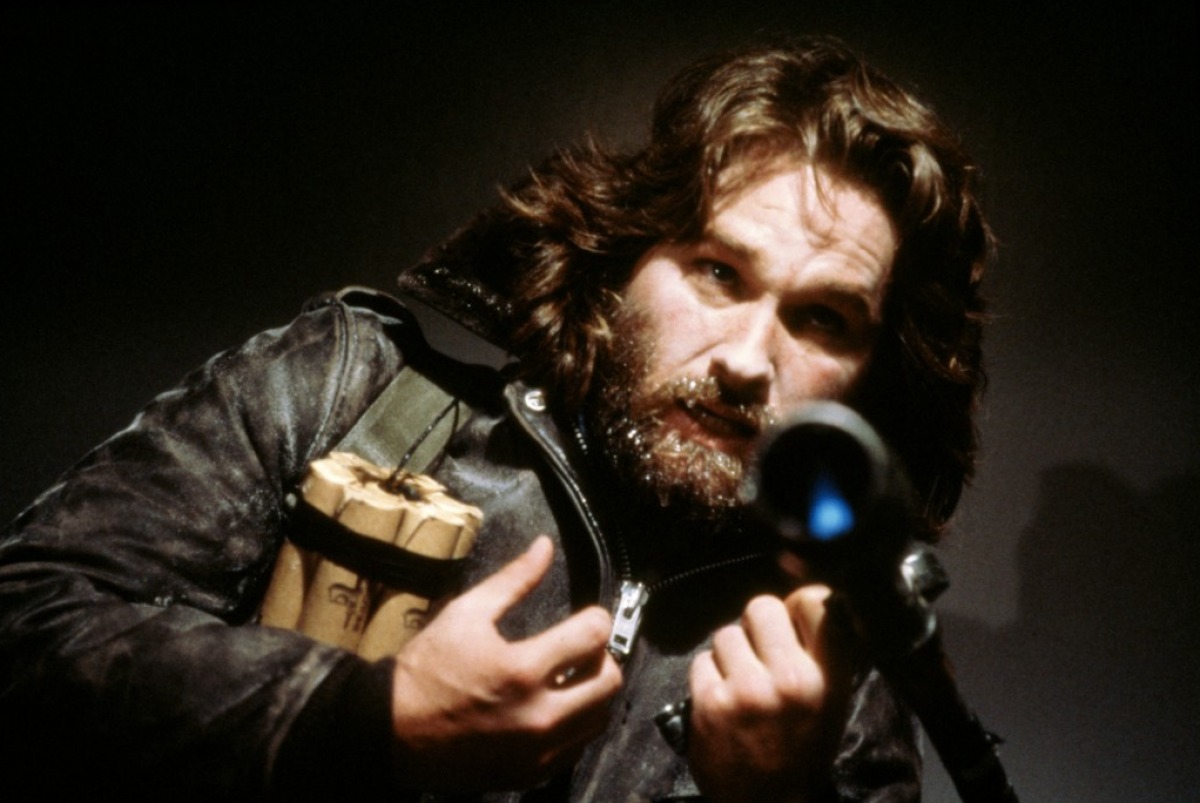
“I got married to your music. This is why I’ve called you.” This is how John Carpenter approached Ennio Morricone to compose the score of his Lovecraft-esque horror The Thing. Carpenter’s sincerity convinced Morricone to accept his invitation. The director wanted the Italian legend to compose a minimalist score, without many notes, to keep it simpler and spookier. This is essentially John Carpenter’s own formula of composition for his movies. So why didn’t he compose the soundtrack?
Carpenter was so busy with the production of the movie he had to resort to another composer and the only one he could trust was Morricone. The lack of time was also an issue for the soundtrack – Carpenter only showed the maestro some recorded scenes of the movie, and that made Morricone create several tracks that didn’t end up in the movie.
Some decades later another Ennio Morricone enthusiast, Quentin Tarantino, used some of The Thing leftovers in his movie The Hateful Eight. How this brilliant minimalist score won a Razzie award is a very difficult question to answer. Morricone could challenge himself and compose something that was not related to his own method of composing horror music – such as his creepy music for Dario Argento’s movies. The Thing is the best John Carpenter-esque score that he never wrote.
6. Catch Me If You Can – John Williams
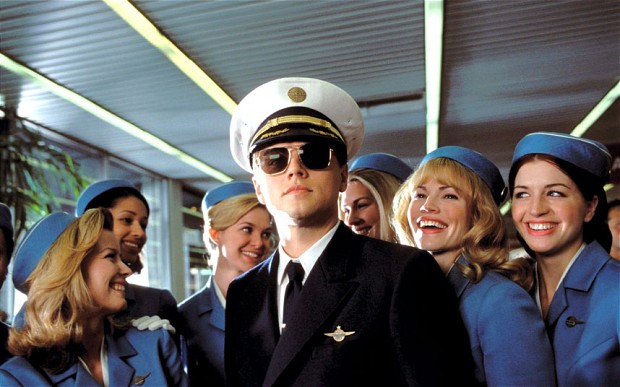
One of the most influential composers in Hollywood since the huge success of his Star Wars score, John Williams is worldly famous for grandiose and epic themes for blockbusters such as Superman, Indiana Jones, Jurassic Park and many others. Williams started his career as a jazz piano player, and his roots as a jazz player appeared sparsely throughout his soundtracks, most notoriously in the fun jazz swing of Cantina Band in Star Wars.
Catch me if you Can provided Williams the opportunity to revisit his origins as a jazz player. The score is not as famous as many of his other scores, but musically it is immensely rich. Using a lot of jazz elements, including beautiful sax solos, the composer could create a soundtrack that captures the cat-and-mouse storyline of the movie, full of syncopation and restlessness. He mixes jazz and classical during the entire score, evoking one of his idols, Alex North, who in his words was “a mix between Shostakovich and Duke Ellington”.
This soundtrack is a masterpiece different from Williams most popular work, and as Steven Spielberg said about the jazz influence it “this soundtrack would make Charlie Parker very proud”.
5. The Ipcress File – John Barry
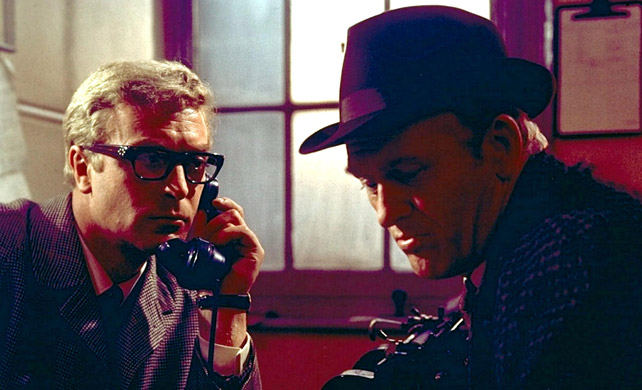
For spy film music, John Barry is one of the most prominent names in the field. Having composed many 007 scores, Barry has become worldwide known for his trademark Bond sound: a Noir Exotica, as if Les Baxter or Martin Denny were blended with Charles Mingus or Dexter Gordon. In this spy thriller from the Cold War, he uses fewer string arrangements than his Bond scores and brings on a lot of jazz. Jazz Along Alone is a late night jazz up-tempo swing, with beautiful solos intertwined with the movies’ theme.
The theme itself is a beautiful Barry-esque dark exotica based on a cimbalom, a twanging Hungarian acoustic instrument, that fits perfectly the menacing aura of the movie. Alone Blues is another jazzy track, brooding and melancholic, with beautiful piano and flute solos. The soundtrack is almost entirely permeated by the melody of the main theme, but Barry finds a way of switching arrangements and tones to make it diverse.
The overall result is a hauntingly beautiful and dark soundtrack, not as famous as his Bond scores, or his Oscar winning orchestral works like Out of Africa or Dance with Wolves, but on the same level of musicality and even superior in terms of experimentation and creativity.
4. The Sound and The Fury – Alex North
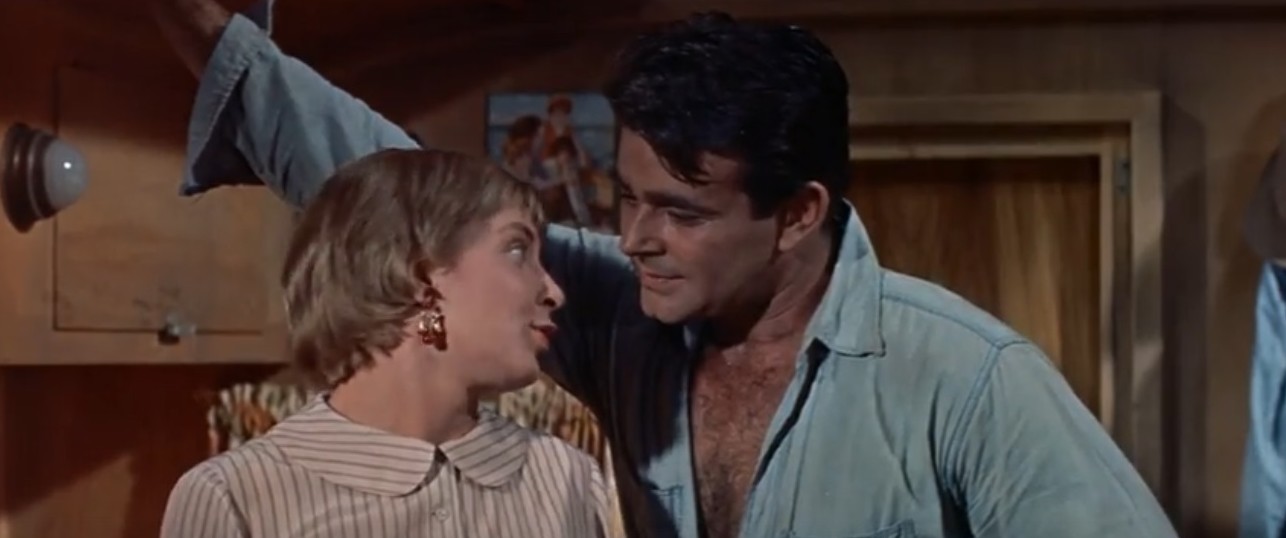
John Williams and Jerry Goldsmith both lionized Alex North as not only one of the greatest film composers ever, but as one of the greatest composers ever. Williams refers to North as someone who broke up with the European tradition of film composers, such as Dimitri Tiomkin, Max Steiner, Miklos Rozsa, all European immigrants who had their musical language heavily influenced by classical music from the Old Continent, most precisely the classical tradition of the 19th century.
North was the son of Russian immigrants and he went to the USSR to work as an engineer in the 30s, although he ended up studying music there because of his immense talent. One day in Russia he heard a Duke Ellington composition on the radio and felt so homesick that he returned to the United States. That story serves as a metaphor for the picture John Williams makes of Alex North’s musical style – a mix between Shostakovich and Duke Ellington – and represents many of his works as a soundtrack composer.
Although not as famous as his scores for Spartacus or A Streetcar Named Desire, The Sound and The Fury is also a masterpiece of North’s musical language. Mixing classical lyricism, avant-garde start and stop rhythmic figures, jazz elements, such as a phrase from Gershwin’s Summertime, North could create a brilliant score for this adaptation of William Faulkner’s book.
3. Fahrenheit 451 – Bernard Herrmann
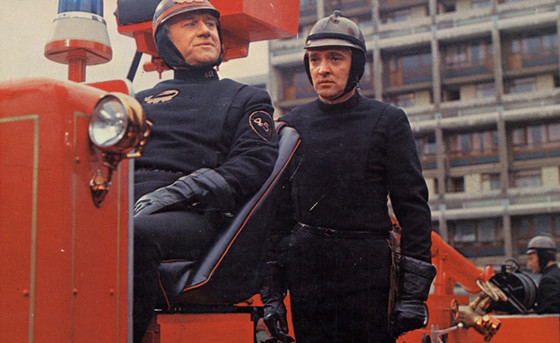
When François Truffaut invited Bernard Herrmann to compose the soundtrack of his adaptation of Ray Bradbury’s dystopian novel, Fahrenheit 451, Herrmann asked the French director why he chose him, since Truffaut was good friends with many young composers, especially in the jazz realm. Truffaut replied: “My friends can give me the music of the 20th century, only you can give me the music of the 21st century”.
Despite Truffaut’s request, Herrmann did not write a futuristic score, like The Day the Earth Stood Still, but a rather lyrical one, which added a lot of emotion to the movie. There are Herrmann’s famous violin shrieks and pizzicatos to stress tension, but the soundtrack has a melodic quality and beauty comparable to his Vertigo score.
The movie was a gigantic flop, and the soundtrack is often overlooked in favour of other works of the composer, such as Psycho, Taxi Driver or Citizen Kane. This soundtrack is a masterpiece that even influenced George Martin’s orchestral arrangement for Paul McCartney’s composition, Eleanor Rigby.
After this score, Truffaut and Herrmann worked again on the Nouvelle Vague take on Hitchcock, The Bride Wore Black. The director had such an appreciation for the score that after the film was released, he wrote a telegram to Herrmann: “Thanks for making my movie more human”.
2. L.A. Confidential – Jerry Goldsmith
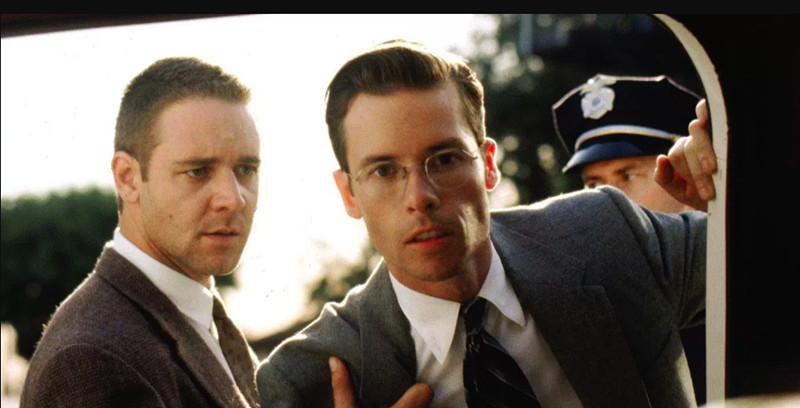
Jerry Goldsmith is one of the most versatile and innovative soundtrack composers of Hollywood’s history. He created the definitive neo-noir soundtrack in only 10 days, after Roman Polanski discarded the score composed by Philip Lambro for Chinatown, and asked Goldsmith to compose it in a short time. He composed an avant-garde score for Planet of Apes is in the same level as Stravinsky’s or Edgar Varese’s work. The Omen is one of the most scary pieces ever written for film. His Star Trek score is a larger-than-life composition, remembered by fans all over the world.
L.A. Confidential is not as famous as the scores pointed above, but it is on the same level of quality. Film noir musical language was developed in the 40s by the likes of Max Steiner and Miklos Rozsa, European composers who created dense orchestrations to announce the ill-fated story. After the 50s jazz became increasingly associated with the noir, due to Henry Mancini’s score in Touch of Evil. The resurgence of neo-noir in the 70s produced great jazzy soundtracks such as John Williams’ The Long Goodbye, David Shire’s Farewell My Lovely and Goldsmith’s Chinatown.
In Curtis Hanson’s adaptation of James Ellroy’s book, Jerry Goldsmith could create a soundtrack that blended both orchestral and jazz traditions of the noir genre. Taking from Leonard Bernstein’s theme for On The Waterfront, Goldsmith could create a powerful score that can be described as an angry cousin of Chinatown’s score. There are reminisces of Chinatown’s score, like the atonal low-tone piano bursts and trumpet’s melodic lament, in the style of Chet Baker. But Goldsmith adds a lot of tension and emotion to that formula by including timpani explosions and violin interludes.
L.A. Confidential can be considered Jerry Goldsmith’s pinnacle in his brilliant career. After the neo-noir thriller, he didn’t compose any score of the same quality.
1. Casanova – Nino Rota
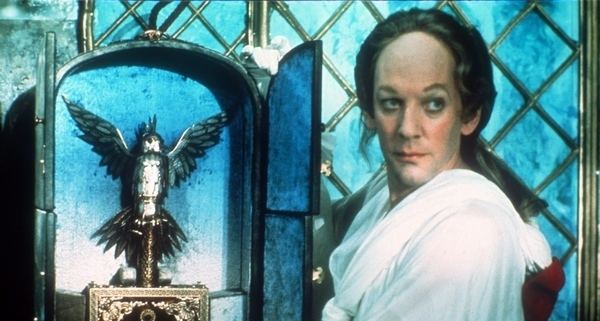
Nino Rota is mostly famous for his circus-esque works for Federico Fellini and his larger-than-life soundtrack for The Godfather. Il Casanova was his last work for the Rimini born director, after a lifelong partnership that had started in Lo Sceicco Bianco (1952).
Differently from his most popular works like the dreamy melody of Amarcord, the surreal gallops of Otto e Mezzo, or the Sicilian pastorales from The Godfather, Nino Rota provided a rather bizarre score for Fellini’s take on Giacomo Casanova’s story.
Fellini portrays Casanova as a sad and pathetic character, different from the typical elation of the seductive Italian that permeates some adaptations. The word “love” almost never appears on screen and Casanova’s sexual conquests are displayed robotically and ridiculously. The Milan born composer wrote music that establishes a dialogue with the grotesque and gloomy aura of the movie. O Venezia, Venaga, Venusia starts with a glass harmonica ostinato, a motif that is heard all along the movie. L’Uccello magico is a brilliantly composed track. It sounds like sci-fi music, encompassing the humoresque mechanicality of the movie. Il Duca di Wurttemberg evokes the famous Stravinsky chord from The Rite of the Spring, mixing it with comical electronic noises.
Unfortunately, Casanova was Nino Rota’s last score before he died in 1979. The soundtrack is a hidden masterpiece showing how Rota incorporated new sounds and approaches to his magnificent work.